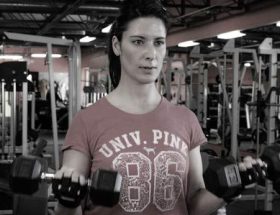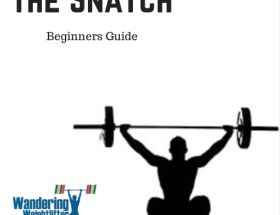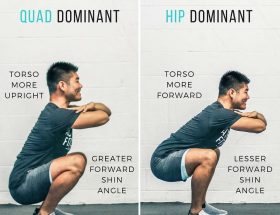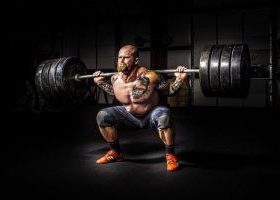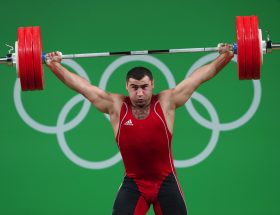Powerlifting is a strength sport that requires athletes to lift as much weight as possible for three specific exercises: squat, bench press, and deadlift. To ensure safety and maximize performance, powerlifters use a variety of gear and equipment. This guide will walk you through the essential items needed to excel in powerlifting.
1. Powerlifting Belt
A high-quality powerlifting belt is a must-have for any serious powerlifter. The belt should be made of sturdy leather and have a width of approximately 4 inches. It provides support to the core, helping to maintain proper form and reduce the risk of injury during heavy lifting.
2. Knee Sleeves or Wraps
Knee sleeves or wraps are crucial for protecting the knee joints and providing stability during squats. They help to increase blood flow, retain heat and minimize the risk of injuries. Sleeves are usually made of neoprene and can be slipped on, while wraps are made of elastic and need to be wrapped tightly around the knees.
3. Wrist Wraps
Wrist wraps are used to provide additional support and stability for the wrists, especially during heavy bench presses or overhead pressing movements. They help prevent excessive wrist extension and promote proper alignment, reducing the chances of strain or injury.
4. Powerlifting Shoes
Having the right footwear is crucial in powerlifting. Powerlifting shoes are designed with a flat, sturdy sole that provides excellent traction and stability during heavy lifts. They offer a solid base, allowing the lifter to maintain optimal form and transfer power effectively.
5. Lifting Straps
Lifting straps are often used for exercises like deadlifts or rows to enhance grip strength. They help to secure the grip by wrapping around the bar or dumbbell and allow the lifter to focus more on the targeted muscles rather than on grip fatigue. While they are a helpful accessory, it’s also important to train grip strength without relying solely on straps.
6. Chalk
Chalk is powerlifter’s best friend when it comes to improving grip and reducing sweating. It helps to keep the hands dry and prevents the bar from slipping out of your grip, especially during exercises like heavy deadlifts or pull-ups. Chalk can be applied directly to your hands or placed in a chalk ball for easier use.
7. Weightlifting Belt
While a powerlifting belt provides support for the core, a weightlifting belt is primarily used for exercises like clean and jerk or snatch. Weightlifting belts are wider in the front and taper towards the back, allowing for more mobility during dynamic movements. They provide stability to the lower back and abdomen, helping to maintain proper posture during explosive lifts.
8. Compression Gear
Compression gear, such as compression shorts or shirts, offers several benefits to powerlifters. It provides support for the muscles, increases blood flow, and helps with muscle recovery. Compression garments can also help to reduce muscle soreness and minimize the risk of strains and other muscle-related injuries.
Conclusion
Investing in the right powerlifting gear and equipment is crucial to enhance your performance and ensure safety during training sessions and competitions. Each item mentioned in this guide serves a specific purpose, whether it is to improve stability, support, grip, or overall performance. Remember, while gear can be beneficial, it is still essential to focus on proper technique and strength development. Use the right equipment to complement your training, and enjoy the journey as you progress in the world of powerlifting.

